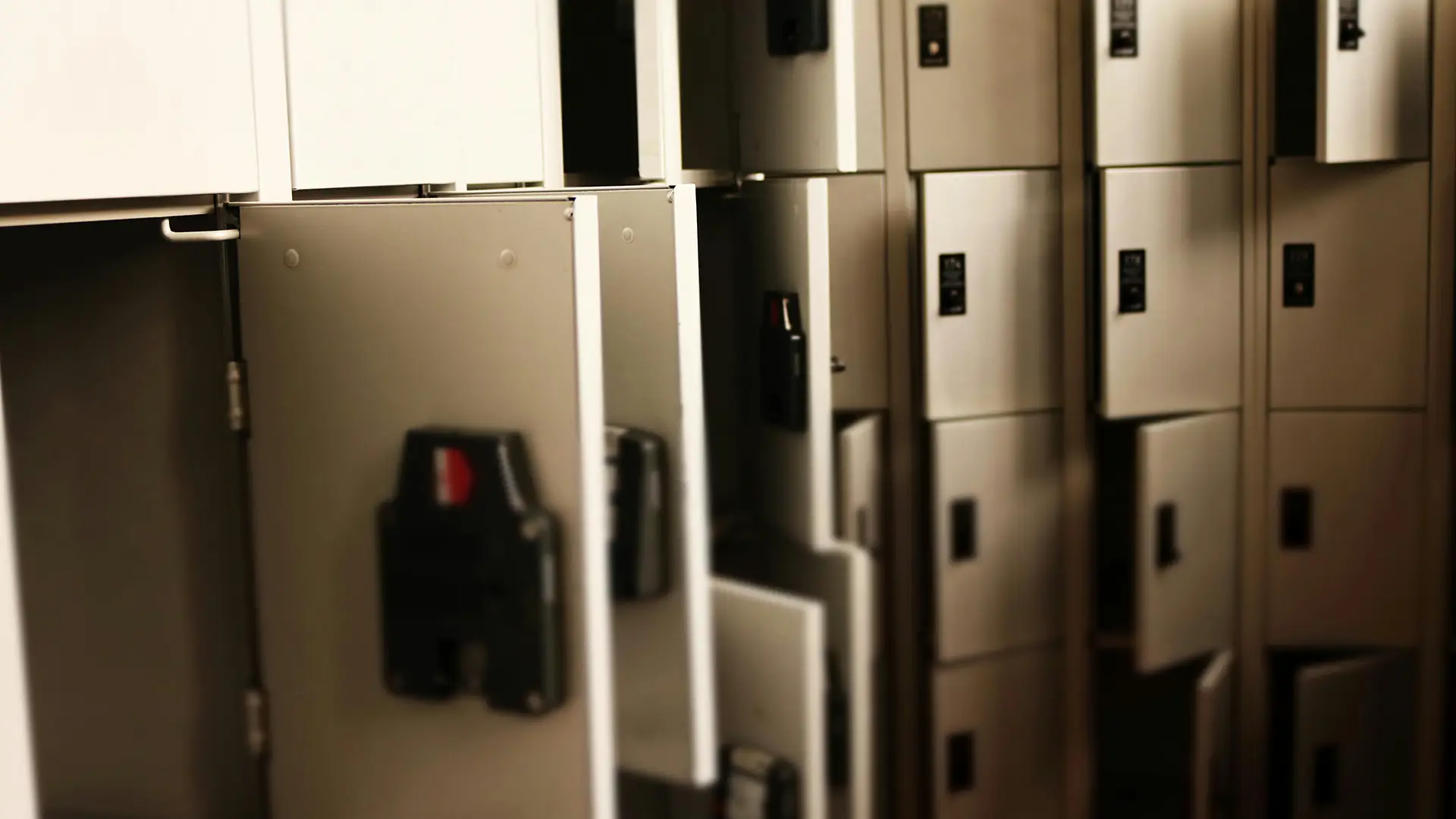Trending: Here are some Business Statistics and Trends to know

Flexible locker systems are becoming an increasingly popular choice for workplaces, gyms, schools, and other facilities that require secure yet adaptable storage. With features like adjustable compartments, integrated tech, and customizable finishes, they offer far more than traditional lockers ever could.
Selecting the wrong system can lead to operational inefficiencies, wasted investment, and frustrated users. Avoiding common pitfalls during the selection process ensures you choose a system that works for both your immediate needs and your long-term goals.
Ignoring User Needs and Usage Patterns
One of the most common mistakes is making decisions based solely on the locker’s design or advertised features without considering how people will actually use them. A locker system that looks sleek on a product sheet might not function well in a high-traffic environment. Employees in a corporate office may need lockers for laptops, bags, and personal items, while gym users might require ventilated compartments for damp clothing.
Failing to gather input from end users can result in lockers that are too small, too large, or poorly configured. Before committing to a purchase, observe how similar spaces handle storage, run surveys to understand specific needs, and conduct pilot programs with sample units. The upfront effort will pay off in user satisfaction and fewer complaints after installation.
Overlooking Customization and Scalability
Not all businesses take advantage of the ability to tailor locker systems to their environment. Today’s providers often offer custom workplace locker solutions that allow you to choose dimensions, colors, locking mechanisms, and even integrated charging ports. Ignoring these customization options can lead to mismatches in both function and aesthetics.
Equally important is scalability. Your storage needs today may be modest, but they can grow rapidly with business expansion, new service offerings, or seasonal peaks. Choosing a modular system that can be expanded or reconfigured without replacing the entire setup ensures you won’t outgrow your investment prematurely.
Prioritizing Cost Over Quality
Budget constraints are real, but cutting corners on quality can be costly in the long run. Low-cost locker systems might not withstand heavy daily use, leading to wear, malfunctioning locks, or structural damage that requires frequent repairs or replacements. Poorly constructed units can create safety hazards if doors jam or hinges break.
When evaluating cost, consider total lifecycle value rather than just the upfront price. A durable, high-quality system may cost more initially but will deliver better performance, require fewer repairs, and last significantly longer. Look for materials like heavy-gauge steel, reinforced plastic, or laminated wood that are built to handle repeated use in your specific environment.
Failing to Consider Security Requirements
Lockers are meant to protect personal and organizational property, so overlooking security is a major misstep. Not all locking mechanisms offer the same level of protection, and some environments may require more advanced systems. A basic key lock might suffice for low-risk areas, but facilities handling sensitive materials or high-value items could benefit from digital keypads, RFID access, or app-controlled smart locks.
Security extends to how lockers are installed and monitored. In high-traffic areas, surveillance cameras and strategic placement can deter theft or vandalism. Be sure your chosen system integrates seamlessly with any existing security protocols to avoid gaps in protection.
Neglecting Maintenance and Service Considerations
Even the most durable locker systems require occasional upkeep, whether it’s repairing a lock, replacing a door panel, or updating software in a smart unit. Choosing a provider without a clear maintenance plan or reliable customer support can leave you scrambling when something goes wrong.
Ask vendors about warranty terms, availability of replacement parts, and the ease of performing repairs. Some systems are designed with modular components that make maintenance quick and cost-effective, while others require complex disassembly. A proactive maintenance plan will extend the life of your lockers and keep them functioning smoothly for users.
Disregarding Aesthetics and Brand Alignment
While function is paramount, appearance plays a role in how lockers are perceived in client-facing environments. Lockers that clash with your facility’s design can detract from the atmosphere. Many modern locker systems offer a range of colors, finishes, and styles to complement your brand’s identity, from sleek minimalist designs to bold, eye-catching patterns.
Selecting lockers that align with your brand image reinforces a cohesive look and makes the space feel more intentional. In high-end environments like corporate offices or boutique gyms, this attention to detail can leave a lasting impression on visitors and clients.
Choosing the right flexible locker system involves much more than picking the first model that fits your budget or looks appealing. The most common mistakes, such as ignoring user needs, overlooking customization, prioritizing cost over quality, failing to address security, neglecting maintenance, and disregarding aesthetics, can lead to long-term frustration and added expenses.
By carefully evaluating how the lockers will be used, investing in durability, and planning for both security and scalability, you set your business up for years of reliable performance. Flexible locker systems are an investment in convenience, organization, and user satisfaction, and choosing wisely will ensure you reap those benefits for the long haul.


